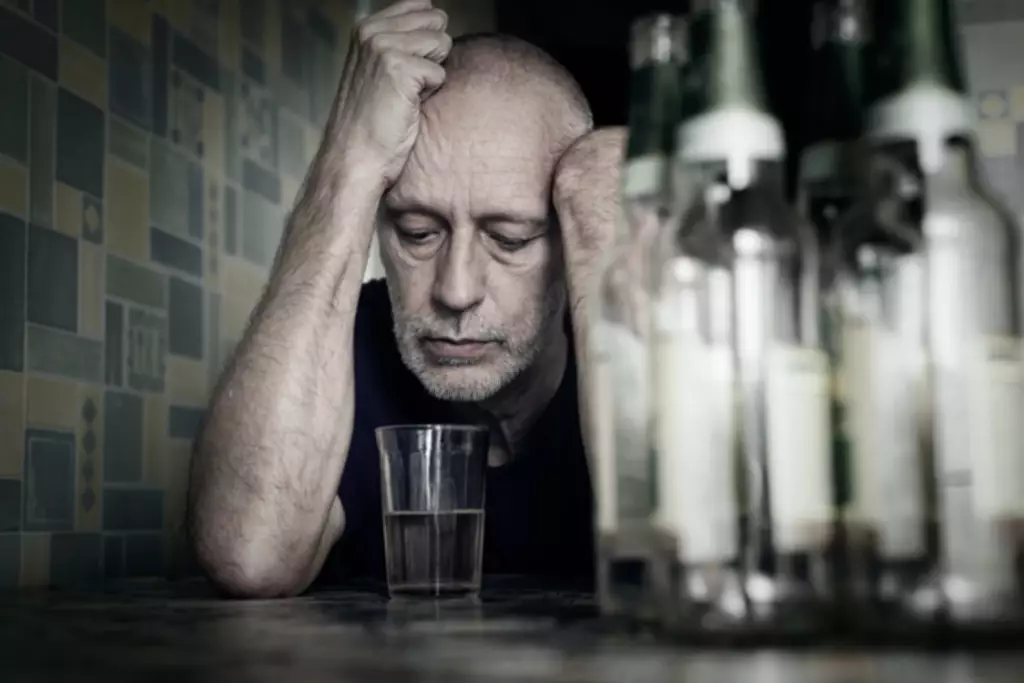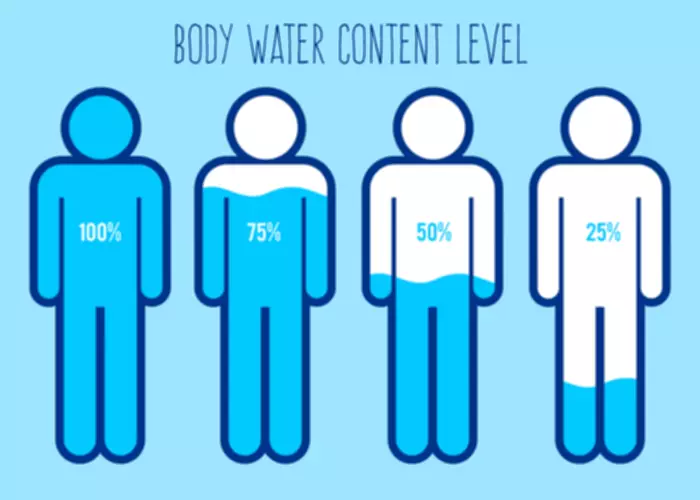Content
- Find Out In Seconds If Your Insurance Plan Is Accepted
- HealthBeat
- [Biochemical studies in delirium tremens (author’s transi)] Biochemische Untersuchungen beim Delirium tremens
- Alcohol’s Effect on the Dopamine System
- And then it changes your dopamine set point.
- Hypodopaminergic state of the nigrostriatal pathway drives compulsive alcohol use
Taken together, results from this study uncover a critical role of the nigrostriatal pathway – particularly low dopamine levels – in compulsive alcohol use. These results may pave the way for potential new treatment strategies for individuals with an alcohol use disorder. Future studies should determine whether these neural mechanisms are specific to compulsive alcohol use, or if they are also present with compulsive use of other drugs. Over time, with more drinking, the dopamine effect diminishes until it’s almost nonexistent. But at this stage, a drinker is often “hooked” on the feeling of dopamine release in the reward center, even though they’re no longer getting it. Once a compulsive need to go back again and again for that release is established, addiction takes hold.
However in a subsequent study, the same group reported an association of TaqI B polymorphism with early age of onset for alcohol drinking in Mexican-Americans [43]. All patients were assessed for alcohol use parameters using AUDIT [26], and a semi-structured questionnaire. The same semi-structured questionnaire was used for assessment of the control population as well. The assessments also included liver function tests (LFT) such as serum proteins, albumin, bilirubin, glutamic oxaloacetic transaminase (SGOT) and glutamic pyruvic transaminase (SGPT), gamma-glutamyltransferase (GGT), and mean corpuscular volume (MCV). LFT were estimated on autoanalyser using bio-chemical kits from Boehringer Mannheim kits (Germany). UPTON, NY — Many studies have suggested that genetic differences make some individuals more susceptible to the addictive effects of alcohol and other drugs.
Find Out In Seconds If Your Insurance Plan Is Accepted
For the dopamine uptake rate (Vmax) data, two-factor ANOVAs (treatment and brain region) were used. 4, the final quinpirole treatment time points (i.e., after 30 min in quinpirole) were analyzed alcohol and dopamine with a two-factor ANOVA (treatment group and region). Ethical committee clearance from the All India Institute of Medical Sciences (AIIMS) was obtained before initiation of the study.
Does alcohol affect your dopamine levels?
Orally administered alcohol similarly activates taste receptors, thereby increasing dopamine release in the NAc. In contrast to food, however, alcohol also can modify the function of dopaminergic neurons more directly by entering the brain.
Moreover, the effect was significantly greater among participants with a family history of alcoholism. Alcohol affects the brain by binding to the gamma-aminobutyric acid (GABA) receptors, which are responsible for calming down the brain’s activity. This causes the slowing down of the central nervous system, resulting in symptoms such as impaired judgment, decreased coordination, and slurred speech. Additionally, alcohol also affects the brain’s reward system by increasing dopamine levels, leading to feelings of pleasure and euphoria. Both dopaminergic and nondopaminergic neurons also carry dopamine receptors that are located on the nerve terminals outside the synapse (i.e., are extrasynaptic).
HealthBeat
Beyond the NAc, chronic alcohol exposure has varied effects on dopamine release that are brain region and species dependent. Throughout the striatum, dopamine release is generally decreased following chronic alcohol use or treatment. In contrast to the dorsal striatum, dopamine release in the NAc is increased following chronic alcohol use in male cynomolgous macaques [22, 24]. The current study indicates that long-term alcohol consumption decreased dopamine release in the putamen of male rhesus macaques (regardless of abstinence status) and in the caudate of the multiple abstinence monkeys. Interestingly, we found an increase in dopamine release in the caudate and no change in the putamen of female macaque drinkers. The effects of these alcohol-induced changes in dopamine release must be considered with other factors contributing to dopamine signaling (e.g., dopamine uptake/transporter activity).

Using positron emission tomography, or PET, the researchers tested 49 men with two scans, one in which they tasted beer and the second in which they tasted Gatorade. They were looking for evidence of increased levels of dopamine, a brain neurotransmitter. The scans showed significantly more dopamine activity following the taste of beer than the sports drink.
[Biochemical studies in delirium tremens (author’s transi)] Biochemische Untersuchungen beim Delirium tremens
In addition, D2 receptors can alter striatal dopamine and acetylcholine levels and inhibit cortical glutamatergic transmission directly or indirectly [60,61,62]. Furthermore, the balance of altered dopamine changes and subsequent effects on cellular excitability and fast synaptic transmission in the caudate and putamen will likely dictate the relative behavioral control by the associative and sensorimotor circuits. In this context, the decreases in release in the putamen of the repeated abstinence male monkeys may limit behavioral plasticity to a greater extent in this region relative to the caudate.
- Dopamine release is triggered when you engage in activities you find pleasurable, such as eating chocolate or playing sports, and it teaches your brain what actions to repeat, and eventually, to crave.
- This can lead to drinking again, which is why Kolodner and his clinical staff advise patients to avoid known cues during recovery.
- This group also found no difference in the quinpirole-mediated inhibition of dopamine release between alcohol and control male cynomolgus macaques [24].
- As reviewed above, the acute reinforcing effects of addictive drugs, including alcohol, could be mediated by increased dopamine release in the NAc, activating dopamine D2 receptors [71, 27, 30].
- In contrast to the dorsal striatum, dopamine release in the NAc is increased following chronic alcohol use in male cynomolgous macaques [22, 24].
In healthy controls, alcohol consumption stimulates dopamine release mediating its reinforcing effects. Repeated bouts of intoxications will overtime downregulate the dopamine activity in the mesocorticolimbic pathway, leading to an increased risk of developing alcohol dependence and other impulse control disorders. Further, it has been speculated that this dopamine deficiency is responsible for driving craving and compulsive drinking and contributes to relapse even after a period of protracted abstinence [18, 19]. The preclinical and clinical evidence of the https://ecosoberhouse.com/ underlying interaction between alcohol and the dopamine D2 receptors within the mesocorticolimbic dopamine system during the acute as well as during chronic intake is reviewed below. The involvement of the dopamine D1, D3, D4 and D5 receptors falls outside the scope of the present review but has previously been reviewed elsewhere [20]. Based on this clinical finding and the knowledge that olanzapine also has a high affinity for the D4 receptors, it was hypothesized whether the dopamine receptor D4 gene maybe involved in meditating its clinical effects.
Further neuroendocrine evidence for reduced D2 dopamine receptor function in alcoholism
One factor contributing to the development of AUD may be the change in synaptic signaling in the caudate and putamen that could contribute to a bias toward sensory-motor circuit control of behavior and inflexible alcohol consumption [33, 34]. As an important regulator of behavioral output, dysregulation of dopamine neurotransmission is implicated in theories of AUD development [13, 16, 35]. Acutely, in vivo alcohol administration dose-dependently increases cortical, mesolimbic, and nigrostriatal dopamine in rodents [36]; an effect attributed to enhanced dopamine neuron firing [37]. However, in rodent and macaque brain slices, an acute alcohol challenge following chronic alcohol exposure (inhalation or drinking) decreases dopamine release in the nucleus accumbens (NAc) in vivo and ex vivo preparations [24, 38].
On top of its essential role as a chemical in the brain, dopamine also acts as a hormone. It’s made by the adrenal gland, just like epinephrine and norepinephrine – the hormones that act behind your fight, flight, or freeze response. Basically, dopamine is involved in almost every area of your thought and reward system. So the healthier your brain is, the better it can use dopamine effectively and communicate messages between nerve cells and the rest of your body. That means you can go after your goals much more easily, without losing motivation.




